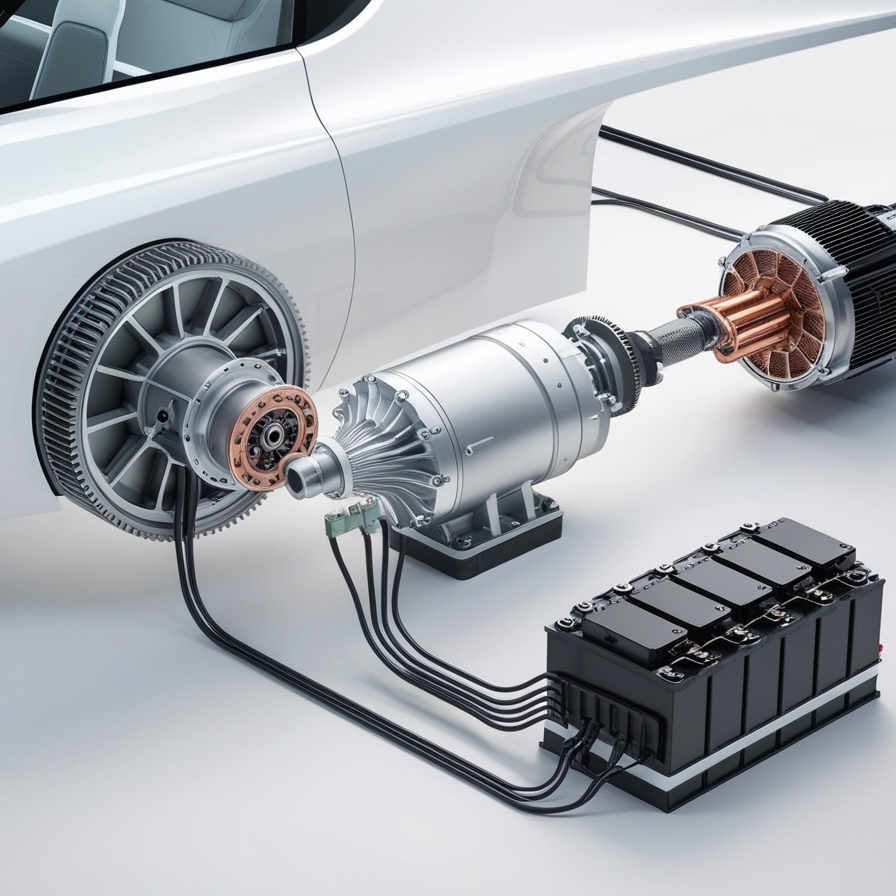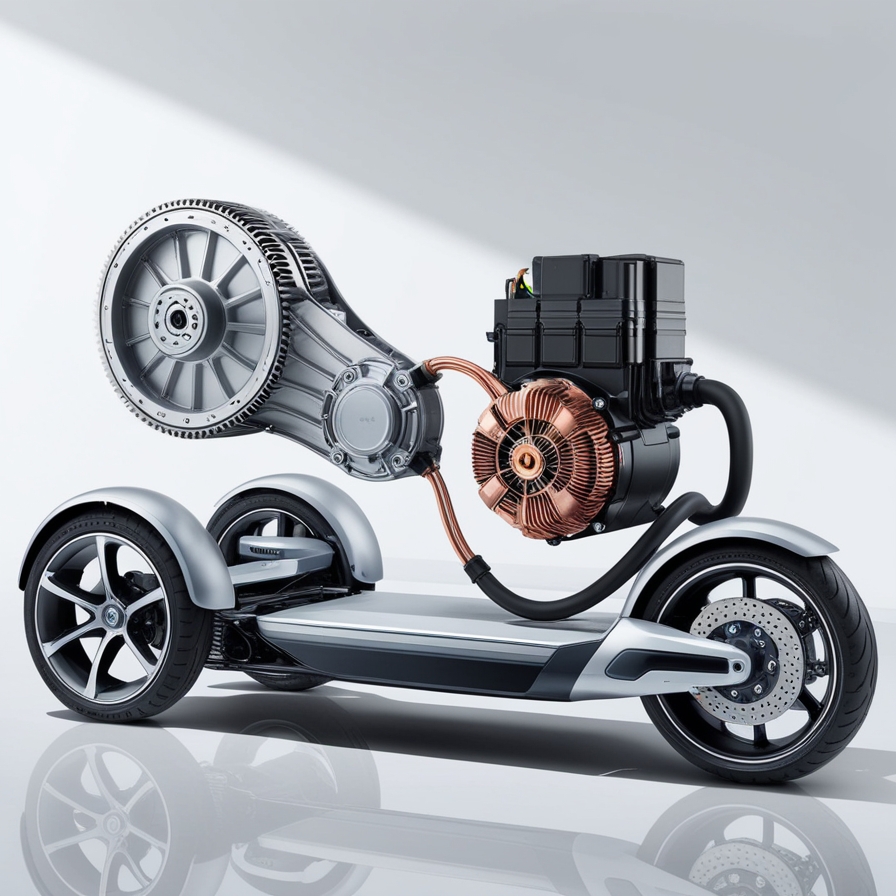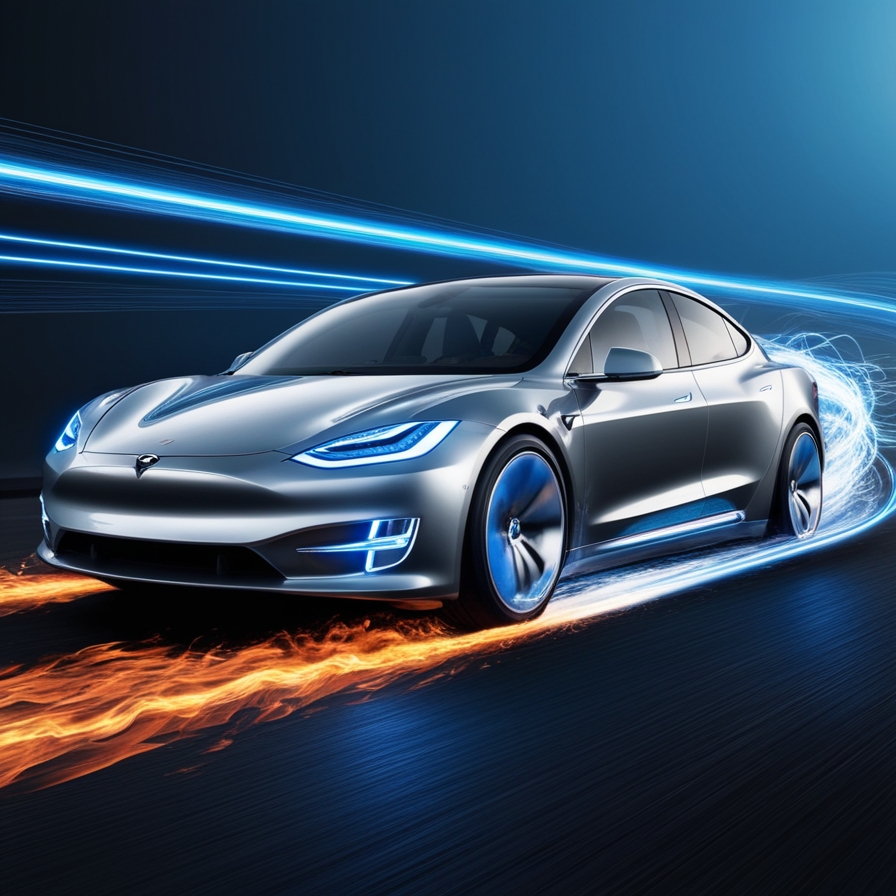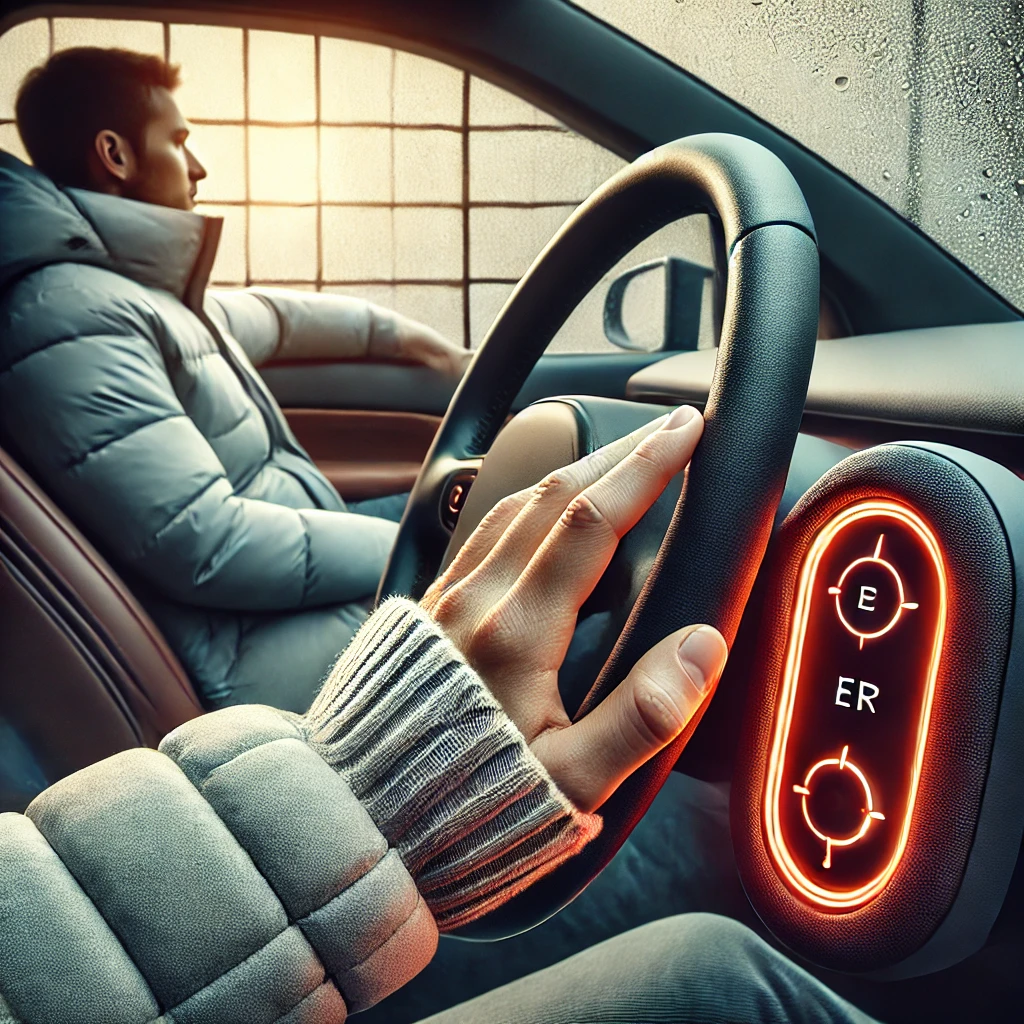Electric vehicles (EVs) have revolutionized the automotive industry, offering a clean, quiet, and energy-efficient alternative to traditional gasoline-powered cars. One of the most frequently asked questions is: Do electric vehicles have transmissions? The answer is both simple and complex, as electric vehicles fundamentally operate differently from internal combustion engine (ICE) cars. In this article, we’ll dive deep into the details of how transmissions work in both types of vehicles, why electric cars don’t require traditional multi-speed gearboxes, and what this means for EV owners.
Table of Contents
Understanding Transmissions in Traditional Internal Combustion Engine (ICE) Cars
What is a Transmission?
In a traditional gasoline-powered car, the transmission is a key component that controls how power is delivered from the engine to the wheels. It adjusts the engine’s output to provide the right amount of torque for various driving conditions. This is achieved through a system of gears, which allows the car to accelerate, cruise at different speeds, and climb hills efficiently.
The Purpose of Gears in ICE Vehicles
The gears in an internal combustion engine (ICE) vehicle are necessary because gasoline engines don’t produce a consistent level of torque across all RPM (revolutions per minute) ranges. Simply put, ICE cars need to change gears to handle different driving speeds and conditions, whether it’s slow city driving or fast highway cruising.
Why ICE Cars Need Multi-Speed Transmissions
An ICE car uses a multi-speed transmission because it can’t deliver high torque at low speeds or maintain fuel efficiency at high speeds without shifting gears. A traditional transmission adjusts the engine’s output, ensuring that power is used efficiently at different driving speeds.
How Electric Vehicles Differ from Traditional Cars
Electric Motor vs. Internal Combustion Engine
The core difference between EVs and ICE vehicles lies in how power is generated and delivered. An electric motor operates on electricity stored in a battery, while an ICE burns fuel to generate power. Unlike combustion engines, electric motors can provide instantaneous torque without the need for multiple gears.
Instantaneous Torque in Electric Motors
One of the advantages of an electric motor is its ability to produce near-instantaneous torque, meaning that an EV can accelerate smoothly and quickly without the need to shift gears. This is one reason why electric vehicles typically don’t require a traditional multi-speed transmission.
Fewer Moving Parts in EVs
Another major difference is that EVs have far fewer moving parts compared to ICE cars. This simplifies the drivetrain and reduces the need for components like a traditional gearbox, making EVs more efficient and less prone to mechanical failures.
Do Electric Vehicles Have Transmissions?

Single-Speed Transmissions in EVs
In most cases, electric vehicles use what is called a single-speed transmission. This type of transmission does not require shifting between gears because the electric motor provides a consistent level of torque across all speeds. As a result, the electric motor spins directly with the wheels, and there’s no need for complex gear systems.
How Electric Motors Operate Differently
Electric motors differ from internal combustion engines in their ability to spin at a wide range of speeds without needing gears to optimize power delivery. This is why a single-speed transmission is sufficient for most electric vehicles.
Why Electric Vehicles Don’t Require Traditional Transmissions
Continuous Power Delivery
Electric vehicles deliver continuous power from the motor to the wheels, so there’s no need for a separate gear to handle acceleration or cruising speeds. The motor adjusts itself based on the demands of the driver, providing smooth, gearless acceleration.
Lack of Separate Gears
The absence of separate gears means that EVs don’t need complex transmission systems. This simplifies the design of electric cars, making them easier to maintain and repair.
Benefits of Single-Speed Transmissions in Electric Cars

Simplicity in Design
A single-speed transmission is simpler to manufacture and operate, contributing to the overall simplicity of EV design. This reduces the number of parts that can wear out, ultimately lowering the cost of maintenance.
Lower Maintenance Costs
Since electric vehicles have fewer moving parts and no complex transmission systems, their maintenance costs are typically lower compared to ICE vehicles. EV owners don’t need to worry about issues like transmission fluid changes or clutch replacements.
Are There Electric Vehicles with Multi-Speed Transmissions?
High-Performance EVs
While most electric vehicles use single-speed transmissions, there are some high-performance EVs that incorporate multi-speed gearboxes. These vehicles, such as the Porsche Taycan, use a two-speed transmission to enhance performance at higher speeds.
Experimental Multi-Gear EVs
Some manufacturers are also experimenting with multi-gear transmissions in electric vehicles to improve efficiency and performance, especially for sports cars or vehicles designed for towing.
Impact on EV Ownership and Driving Experience
Smoother Driving Experience
One of the major benefits of a single-speed transmission is the smoother driving experience. Since EVs don’t need to shift gears, there’s no interruption in power delivery, making the driving experience more seamless.
Test Drive and Consumer Experience
Many people report a positive experience during an EV test drive because of the immediate acceleration and quiet operation of the vehicle. Without the need for gear changes, driving an electric car feels smoother and more responsive.
Common Misconceptions About Electric Vehicle Transmissions
Automatic Transmissions vs. Electric Vehicle Transmissions
One common misconception is that electric vehicles have automatic transmissions like gasoline-powered cars. In reality, most EVs operate with a single-speed transmission, which is simpler and more efficient than an automatic transmission in an ICE vehicle.
Conclusion
Electric vehicles may seem complex, but their drive-train systems are actually simpler than those of traditional gasoline-powered cars. The absence of a multi-speed transmission is one of the key differences, made possible by the unique capabilities of electric motors. Whether you’re curious about EVs or already own one, understanding how electric cars operate without traditional transmissions can help you appreciate the innovation behind these revolutionary vehicles.
FAQs
- Does an electric car have gears?
Most electric cars use a single-speed transmission, so they don’t have traditional gears like internal combustion engine vehicles. - Can electric cars have multi-speed transmissions?
Some high-performance EVs, like the Porsche Taycan, do feature multi-speed transmissions, but these are the exception rather than the norm. - Why don’t EVs need transmission fluid?
EVs lack traditional multi-speed gearboxes, so there’s no need for transmission fluid to lubricate gears. - How does the lack of gears affect EV performance?
The absence of gears allows for instantaneous torque and smoother acceleration, enhancing overall performance. - Are there any disadvantages to single-speed EV transmissions?
While single-speed transmissions simplify design and maintenance, they may limit top speed performance in some cases.




